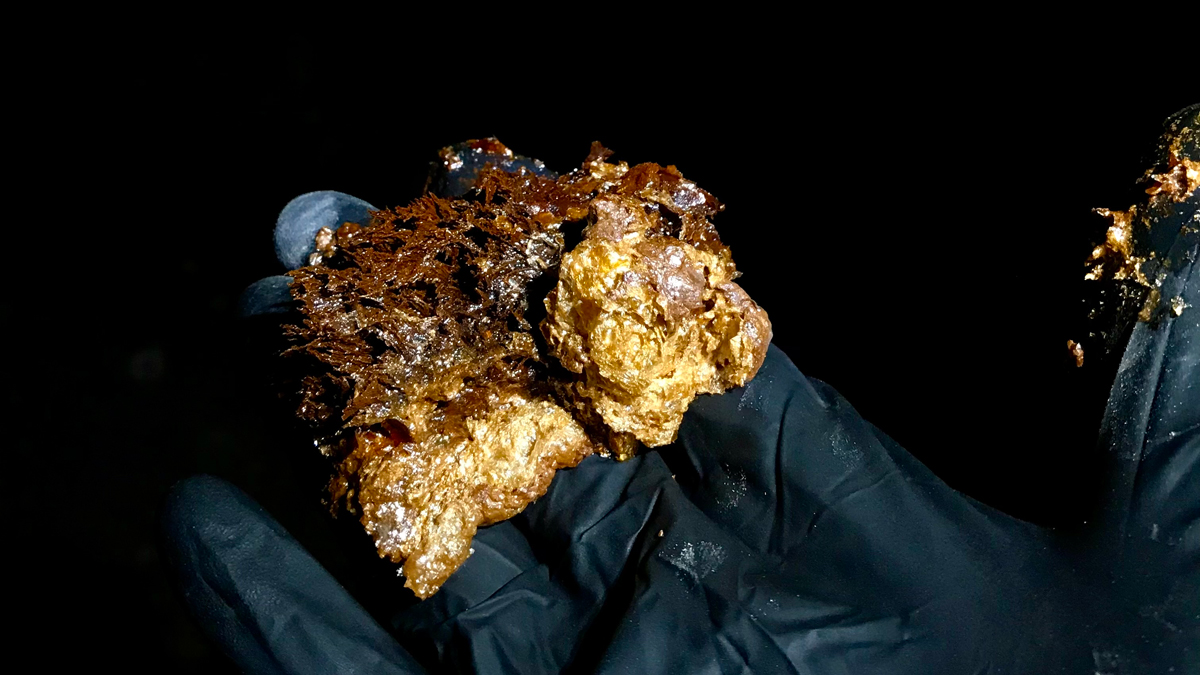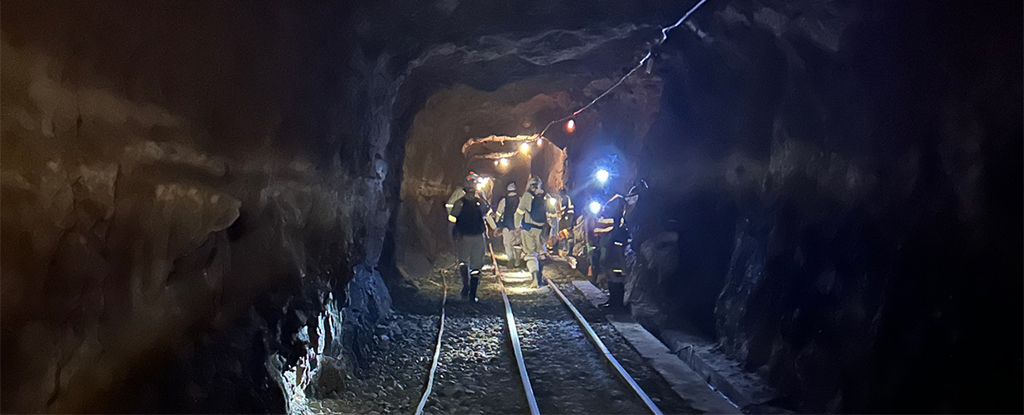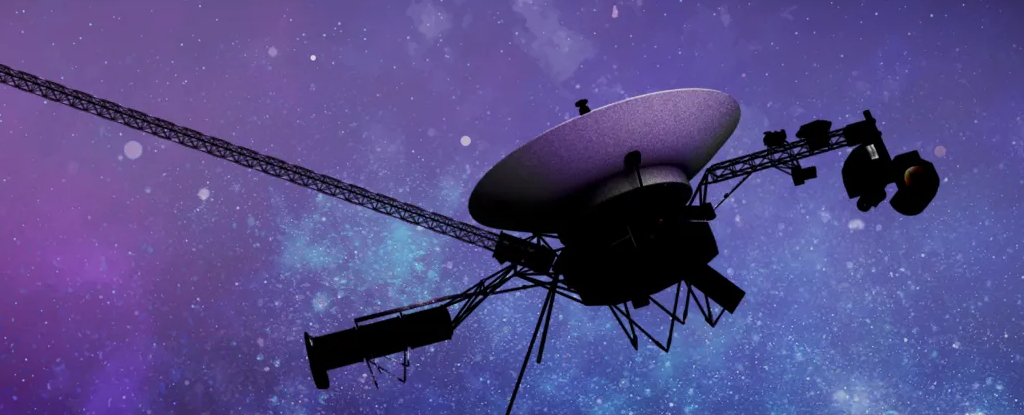The surface of our Earth is wriggling with life: it’s the defining feature of our planet, which, far as we know, makes it unique among the cosmos. But we may have underestimated how deep beneath our feet Earth’s creatures can thrive.
In an ambitious 8-year census, an international team of scientists has found an astonishing diversity of microbes living beneath our planet’s surface, deeper than anything we’ve discovered prior.
Led by microbial ecologist Emil Ruff from the Woods Hole Oceanographic Institution in the US and bioinformatician Isabella Hrabe de Angelis from the Max Planck Institute for Chemistry in Germany, the study has turned up lifeforms as deep as 491 meters (1610 feet) below the ocean floor, and even further below land: up to 4,375 meters (2.7 miles) deep.
The team analyzed samples from more than 50 locations across the globe, collected from above and below Earth’s surface, as well as sites like caves and deep-sea hydrothermal vents that form the surface threshold.
Surface samples were collected from soils, sediments, or water columns, while subsurface samples were retrieved from boreholes, mines, aquifers, or the fluid from fracking.
The diversity of life forms discovered follow an unexpected pattern.
“It’s commonly assumed that the deeper you go below the Earth’s surface, the less energy is available, and the lower is the number of cells that can survive,” Ruff says.
“But we show that in some subsurface environments, the diversity can easily rival, if not exceed, diversity at the surface.”
This was particularly true for microbes in marine environments, and for microbes from the taxonomic category known as the archaea domain, which became more genetically rich, with diversity more evenly spread, the deeper researchers looked. Bacterial diversity in the marine subsurface was unexpectedly high compared to surface ecosystems.
Life in these underworlds runs on a very different timeline to Earth’s bustling surface. With no sunlight, energy is sparse and must be harvested from the surrounding materials and their chemical reactions: hydrogen, methane, sulfur, serpentinization, the dead (or living) bodies of neighboring microbes, and even radioactivity.
These ecosystems move at a tectonic pace. Scientists estimate that some cells in the deep biosphere divide only once every thousand years.

“It makes sense to be evolutionarily adapted to absolutely minimize your power and energy requirements and optimize every single part of your metabolism to be as energy efficient as possible,” Ruff says.
The study assessed the microbial diversity among 478 archaea and 964 bacteria, along with 147 metagenomes from various marine and terrestrial locations.
Surface and subsurface life actually tended to fall along a continuum of diversity and structure, rather than existing as two separate ecosystems with a clear divide.
But there were marked differences in how marine and terrestrial ecosystems were composed, regardless of surface or subsurface habitat.
“The selective pressures are very different on land and in the sea, and they select for different organisms that have a hard time living in both realms,” Ruff explains. As above, so below.
The team notes that there was almost too much data available for certain environments, for example the marine surface, while data was scarce or missing for other environments, like caves or soils.
If life can exist so far beneath our planet’s surface, perhaps it’s possible further afield: as Ruff says, “understanding deep life on Earth could be a model for discovering if there was life on Mars, and if it has survived.”
Liquid water on other planets could have given them rocky subsurface habitats very similar to Earth’s, just three meters below their surface. If that’s the case, any alien encounters might require some digging.
This research was published in Science Advances.





